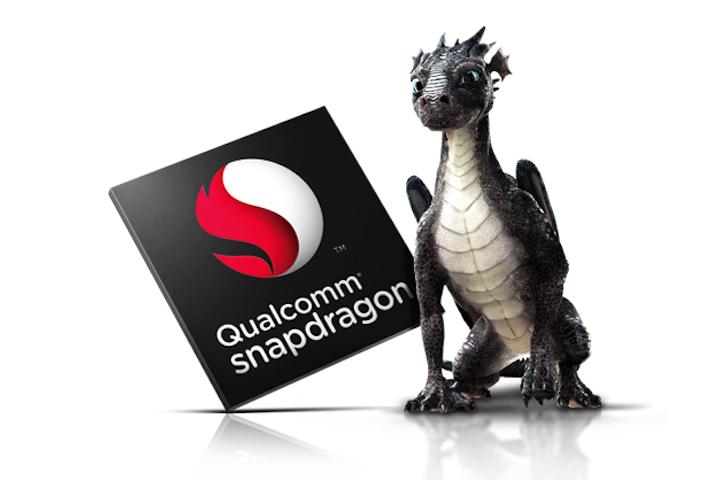
But Qualcomm’s ambitions extend beyond smartphones to the Internet of Things (IoT), a nebulous industry that encompasses essentially any vehicle, building, appliance, or otherwise that’s able to transfer data (think “smart homes”). There’s plenty in the way of pecuniary motivation — some analysts project will grow to more than $883 billion by 2022, up from about $130 billion in 2015. And so on Wednesday, in an attempt to nab a bigger slice of the ever-growing pie, Qualcomm announced two new processors bound principally for IoT devices: the 600E and 410E.
Chances are you won’t find yourself buying a product packing a 600E or 410E — Qualcomm said they’re intended strictly for “industrial” applications. But you’ll more than likely to come into contact with products that do contain them. The company’s hopes to see the chips embedded in a range of electronics from “digital signage, set-top boxes, [and] medical imaging” to “point-of-sale systems [and] industrial robotics.” It’s laying the manufacturing groundwork to establish a foothold: for the first time in Qualcomm’s history, it’s providing Snapdragon reference designs to “third-party distributors” like Colorado-based Arrow Electronics. “[We’re] making [the 600E and 410E] accessible in a variety of quantities to manufacturers of all size,” Qualcomm said in a statement.
The processors, speaking of, are an impressive pair. The Snapdragon 600E sports a 1.5GHz quad-core Krait 300 CPU, Adreno 320 GPU, and digital signal processor, at its core, and in terms of connectivity supports Bluetooth (4.0, Low Energy, and 3.x), Wi-Fi up to 802.11ac, and GPS. All the more impressive, it’s expandable: Qualcomm said it’ll play just as nicely with a SATA hard drive as it will an HDMI television, assuming you have the right components on hand.
The 410E is decidedly less capable than its higher-end counterpart, but still a quantifiable IoT champ. It sports a 1.2GHz quad-core processor paired with an Adreno 306 GPU and digital signal processor, and packs wireless accouterments including Bluetooth (4.1 and Low Energy), Wi-Fi up to 802.11n, and GPS. It lacks the 600E’s modularity, though, and for that reason has been deigned for single-purpose applications like “smart homes, digital signage, [and] medical equipment.”

“The Snapdragon 600E and 410E bring together some of our best connectivity and compute technologies to meet the needs for a large range of embedded and IoT applications,” senior vice president of product management Raj Talluri said in a press release.
“Snapdragon is a powerful and versatile processor with many potential applications in a wide variety of IoT applications and we can now offer this technology to a much wider range of customers with the additional benefit of long-term support and availability.”
You’d be forgiven for assuming the 600E and 410E were Qualcomm’s first IoT rodeo, but the company’s a bit of an old hand in the market. According to a recent report, it not only holds the most IoT patents of any chipmaker in the field, but has the distinction of retaining some of the most valuable. And with the debut of the 600E and 410E, it’s building upon a preexisting ecosystem: the new processors are fully compatible with Qualcomm’s DragonBoard 410c development motherboard.
It’s all a part of Qualcomm’s far-reaching effort to establish a holistic IoT platform. In the middle of September, the chipmaker joined Ericsson, InterDigital, KPN, ZTE, and other firms in forming Avanci, a patent licensing clearinghouse that aims to make it easier for manufacturers to embed cellular technologies in their products. Earlier in the month, it announced support for service provider Verizon’s ThingSpace IoT platform. And it August, it inked an agreement with electronics maker Philips to collaborate on connected healthcare devices like medication dispensers, bionsensors, ventilators, blood pressure monitors, and blood glucose monitors.
For Qualcomm, though, all that’s just the beginning. The company’s director of product marketing for India, Uday Dodla, told Digit that the company anticipates 20 billion IoT devices by 2020 — a sector that could eventually represent “almost a third” of the company’s revenue.
Editors' Recommendations
- Qualcomm’s Snapdragon Connect branding denotes superior Wi-Fi
- The Qualcomm Snapdragon 780G brings a performance boost to midrange phones


